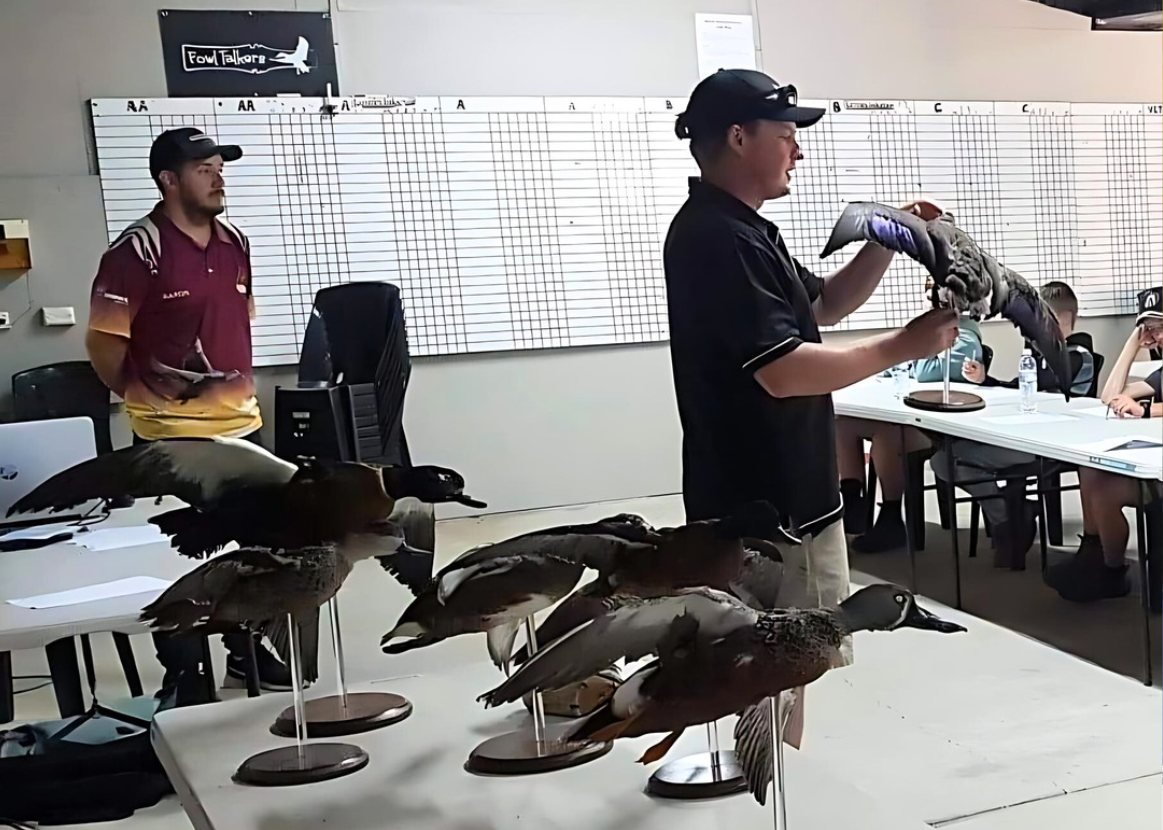Waterfowl Identification Test

The Waterfowl Identification Test (WIT) is available online through MyGL.
Applicants must have a MyGL account to access the online test and apply for a game licence. See instructions on how to set up a MyGL account.
The test involves a series of multiple choice questions based on video footage of waterfowl in flight.
Prospective hunters are encouraged to study the online videos and other waterfowl identification resources before undertaking the Waterfowl Identification Test.
Frequently asked questions
The requirement to pass the WIT ensures that only those hunters able to demonstrate adequate waterfowl identification skills are permitted to hunt game ducks in Victoria.
The test consists of 22 multiple-choice questions. The test is viewed as a video, and you have 15 minutes to complete all 22 multiple-choice questions. A species of waterfowl is viewed for approximately five seconds and hunters must select the correct waterbird species and its hunting status before moving to the next question.
Test results will be available through the test attendee's MyGL account once processed.
The test is in English only, as the translation of waterfowl names is not possible. A person must be able to recognise each species by sight, and know its common name. By prior arrangement, assistance may be provided to assist those who have difficulty with English. Please call the Customer Contact Centre on 136 186 to speak to our licensing team.
A score of 85% or greater will be required to obtain a pass (i.e. 57 out of 66), provided that the applicant also correctly identifies all non-game species.
The WIT only needs to be completed once. Hunters renewing an existing Game Licence and who have successfully completed the WIT are not required to pass the test again, unless a court so determines. This may happen if a hunter is convicted of shooting non-game birds.
For further educational material view the Duck Wise education video.
Page last updated: 28 Mar 2025